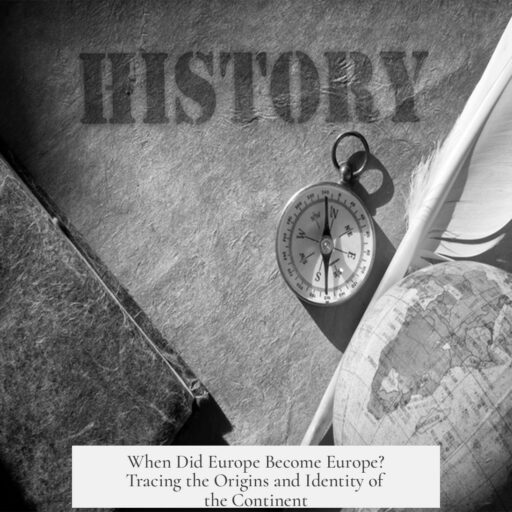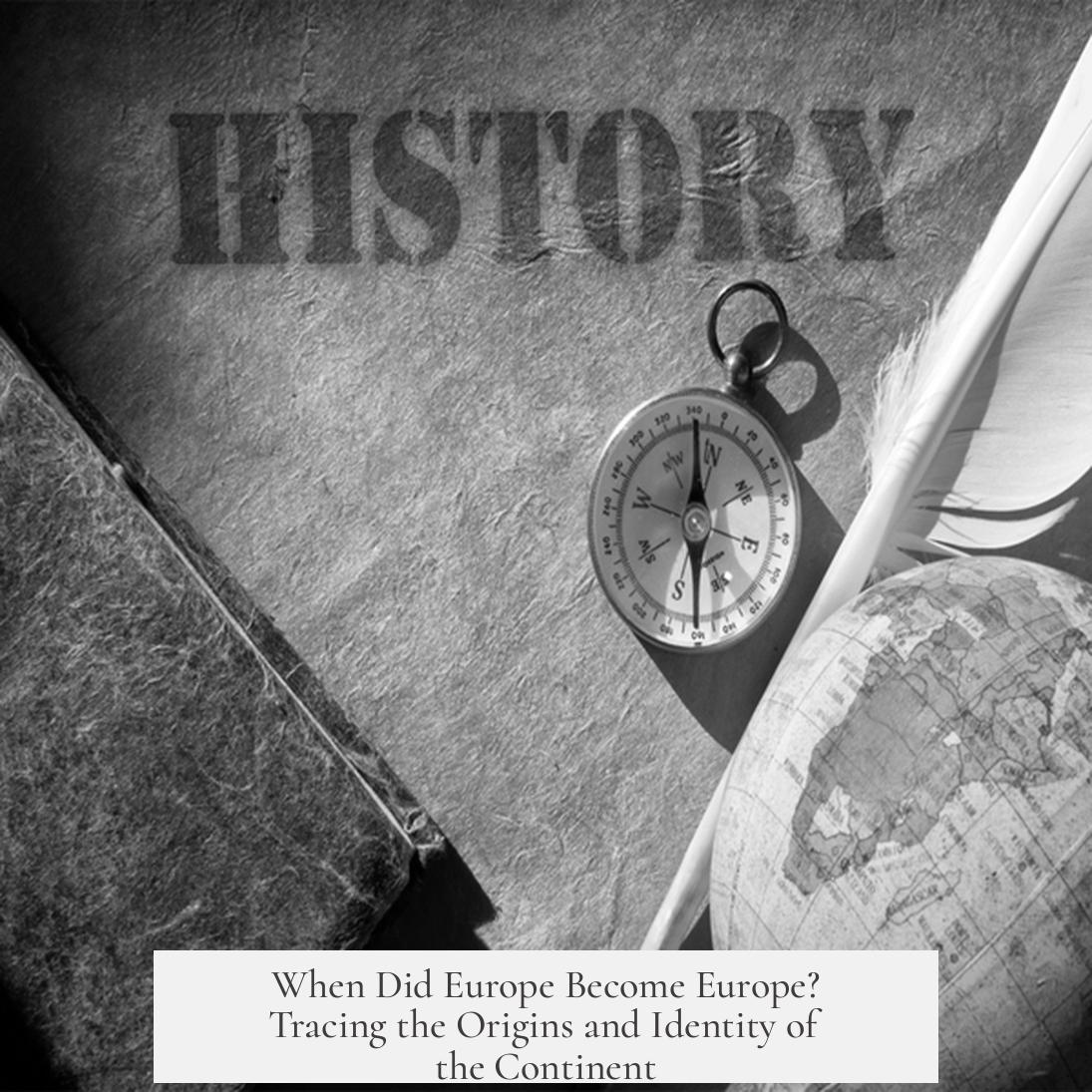Europe becomes “Europe” as a named landmass around the 6th century BCE, when Greek speakers start distinguishing territories across the Aegean Sea as Europe and Asia. The name Europe originates regionally in northern Greece rather than the mythological Phoenician princess. Greek ethnographers eventually draw borders between Europe and Asia despite geographical continuity.
The term “Europe” does not derive from Greek mythology’s Phoenician princess Europa. Though myth popularized the name, early Greeks used “Europe” as a local geographical label before attaching it to the larger landmass. This name likely began as a regional term in northern Greece. By the 500s BCE, Greek speakers identified the lands west of the Aegean Sea as Europe, while those to the east were Asia.
Greek ethnographers faced challenges defining Europe and Asia because these landmasses connect north of the Black Sea. To manage this, they drew an arbitrary boundary that separated the continents culturally and geographically in their maps and writings. This decision reflects the early Greek attempt to categorize their world logically, though the division did not follow clear natural borders.
The name Asia similarly began as a regional concept. Homeric texts used Asia to describe an area in what is now western Türkiye, near the Lydian homeland. Both names—Europe and Asia—grew from localized terms to broader continental labels through Greek usage and scholarship.
Even the historian Herodotos, living in the 5th century BCE, rejected the mythological connection of the name Europe to the Phoenician princess. Despite this, the symbolic figure persisted in European culture, as seen when the European Union featured Europa on banknotes in 2013.
Regarding European identity formation, it became more pronounced during the Early Middle Ages. During this era, distinct social, cultural, and religious factors contributed to a sense of “Europe” as a collective identity beyond mere geography. This developing identity differentiated Europeans from neighboring peoples and facilitated political and cultural unity over the centuries.
- Europe’s name originates regionally in northern Greece, not mythology.
- By 500s BCE, Greeks label lands as Europe (west) and Asia (east) of Aegean Sea.
- Greek ethnographers establish arbitrary continental boundaries north of Black Sea.
- The name Asia also started as a regional term near Lydian lands.
- Early Middle Ages mark the rise of European collective identity.
When Did Europe Become “Europe”?
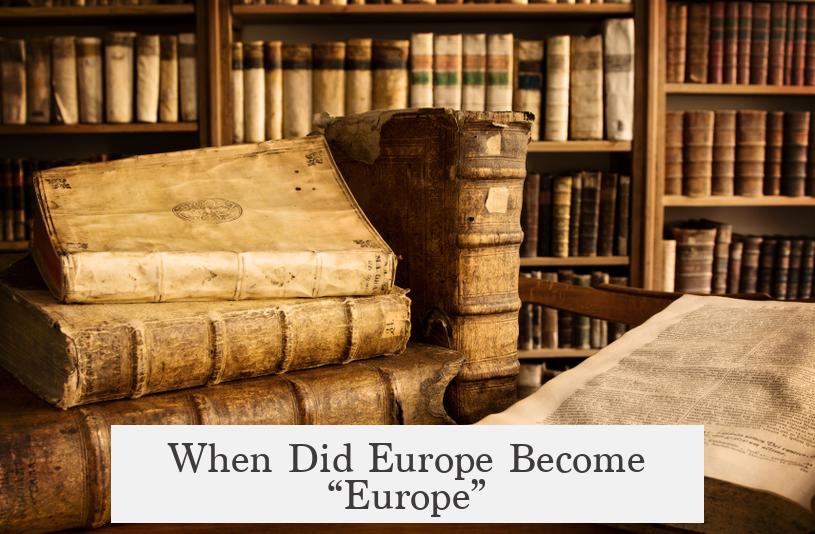
Let’s get straight to it: Europe didn’t always exist as “Europe.” The name and the concept evolved over centuries, beginning as a regional term in northern Greece before morphing into the geopolitical and cultural entity we recognize today.
So, when did the vague jumble of lands and peoples coagulate into the “Europe” on our maps and in our minds? The answer lies not in myth but in history, language, and identity formation over time.
The Name: A Northern Greek Origin, Not a Princess’ Folly
Forget the charming story of the Phoenician princess Europa, whisked away by Zeus in bull form—she’s a myth, and she didn’t even set foot on what we call Europe. Despite what some souvenirs and fancy banknotes suggest (shoutout to the European Union’s 2013 euro designs), the continent’s name has no connection with that tale.
Instead, researchers believe the name “Europe” first cropped up as a simple regional label in an area of northern Greece. Imagine locals pointing at some unknown land and muttering “Europe.” Over time, this regional label stuck.
By the 500s BCE, Greek speakers standardized the use of “Europe” and its partner “Asia” to describe lands west and east of the Aegean Sea. But don’t think they had neat, fixed lines on a map yet. No, these were broad strokes—like impressionist painters applying colors, not cartographers with rulers.
The Arbitrary Line: Europe vs. Asia
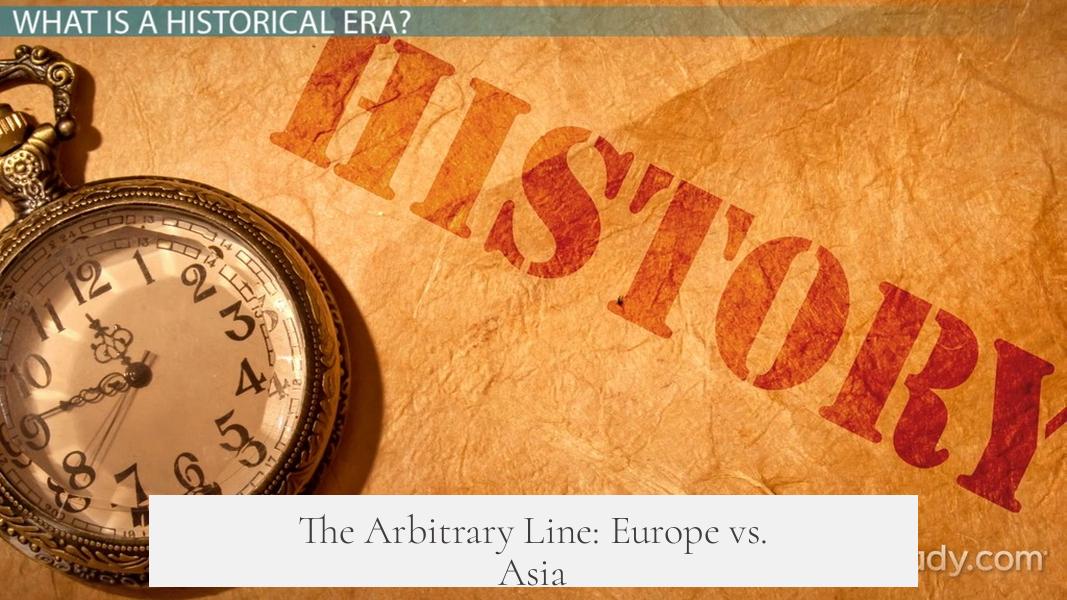
Here’s where things get interesting. Greek ethnographers eventually had to decide where Europe ended and Asia began. The problem? The lands didn’t politely stop at one point. They joined up north of the Black Sea, making drawing a line quite a challenge.
So they drew an arbitrary line. Think of it as ancient scribes playing “connect the dots” to keep their world tidy. This line stuck, becoming the mental border separating these vast landmasses in European tradition.
As a fun side note, “Asia” started out just as regional as Europe. Homer used the name for a region near the Küçük Menderes river in what is now western Türkiye, not the entire vast continent we assign to it today. So both names carry regional roots that ballooned over time.
What Did Herodotos Think?
Fast forward to the late 400s BCE, when the famous historian Herodotos weighed in. He didn’t buy into the idea that “Europe” had anything to do with mythological princesses, showcasing a rare moment of skepticism in the ancient world.
He viewed “Europe” as a geographic concept, not as a romantic figure. This rational perspective helped steer Europe’s identity away from legend and into the realm of history and geography.
The Birth of a European Identity: Early Middle Ages and Beyond
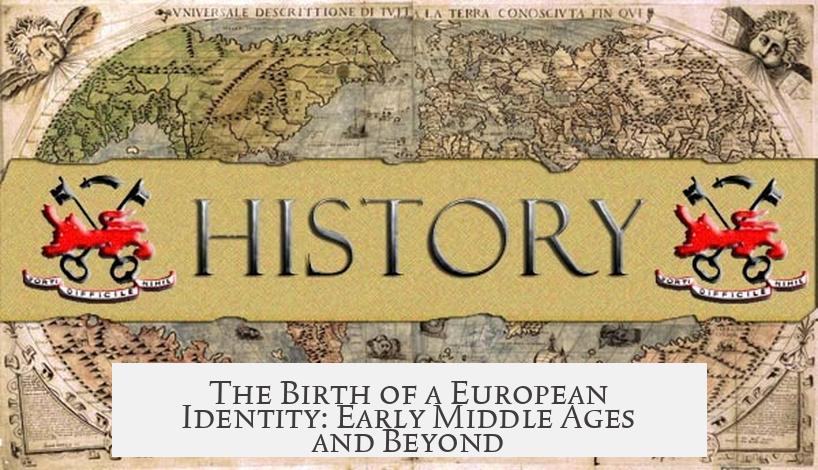
Now, naming a landmass only gets you so far toward “Europe.” The idea of a shared European identity took longer—centuries longer—to blossom.
In the Early Middle Ages, people began viewing themselves as part of “Europe” — or at least, they started thinking beyond tribes and kingdoms to a bigger collective identity. This identity wasn’t immediate or obvious; it emerged from shared religion (Christianity), warfare, language shifts, and politics.
Before this, “Europe” was mainly a cartographic term. People lived in kingdoms like the Franks, Saxons, or Byzantines, often unaware or uninterested in the geographic umbrella over their heads.
By around the 9th and 10th centuries, religious and cultural commonalities helped people conceive a more recognizable “European” identity. The Holy Roman Empire’s rise played a role too—uniting many territories under a common crown, if loosely.
Europe, then, isn’t just a landmass; it’s a story of names, politics, and shared culture.
It’s easy to think of Europe as a defined, permanent entity like the continents on a globe. But that’s misleading. Europe became “Europe” over time—first as a geographical term, then as a cultural and political identity.
Why Does This Matter?

- Understanding Europe’s origin clarifies why its borders are so debated even today.
- It reminds us that identity is fluid: Europe isn’t just a place but a collective story shaped by millions.
- Keeps us skeptical of surface-level stories, like the Phoenician princess myth.
If You’re Wondering How to Use This Knowledge
Next time someone argues about “What counts as Europe?” or “Why is Turkey partly in Europe?”, you can confidently explain: The name started small and expanded, and the borders never had firm natural lines. They’re human-made, evolving with culture and politics.
When Europe joins Asia in places like the Caucasus, it’s not just geography—it’s history, culture, and identity wrestling to define a place.
Wrapping Up: Europe Is a Work in Progress
In short, Europe became “Europe” gradually, starting as a local name in northern Greece and growing into a term used by Greek speakers by 500 BCE. The line between Europe and Asia? A practical, arbitrary solution by Greek ethnographers trying (not without frustration) to map their world.
The European identity that feels so solid today actually comes from centuries of shared experiences, struggles, and stories—mostly post-Roman Empire, emerging seriously in the Early Middle Ages.
So, next time you stare at a map or hear “Europe,” remember it’s not just a dot or a shape painted on a globe. It’s a rich tapestry woven by history, culture, and human imagination over thousands of years.
“Europe didn’t fall from the sky; it was named, shaped, contested—and only finally claimed by its people.”
